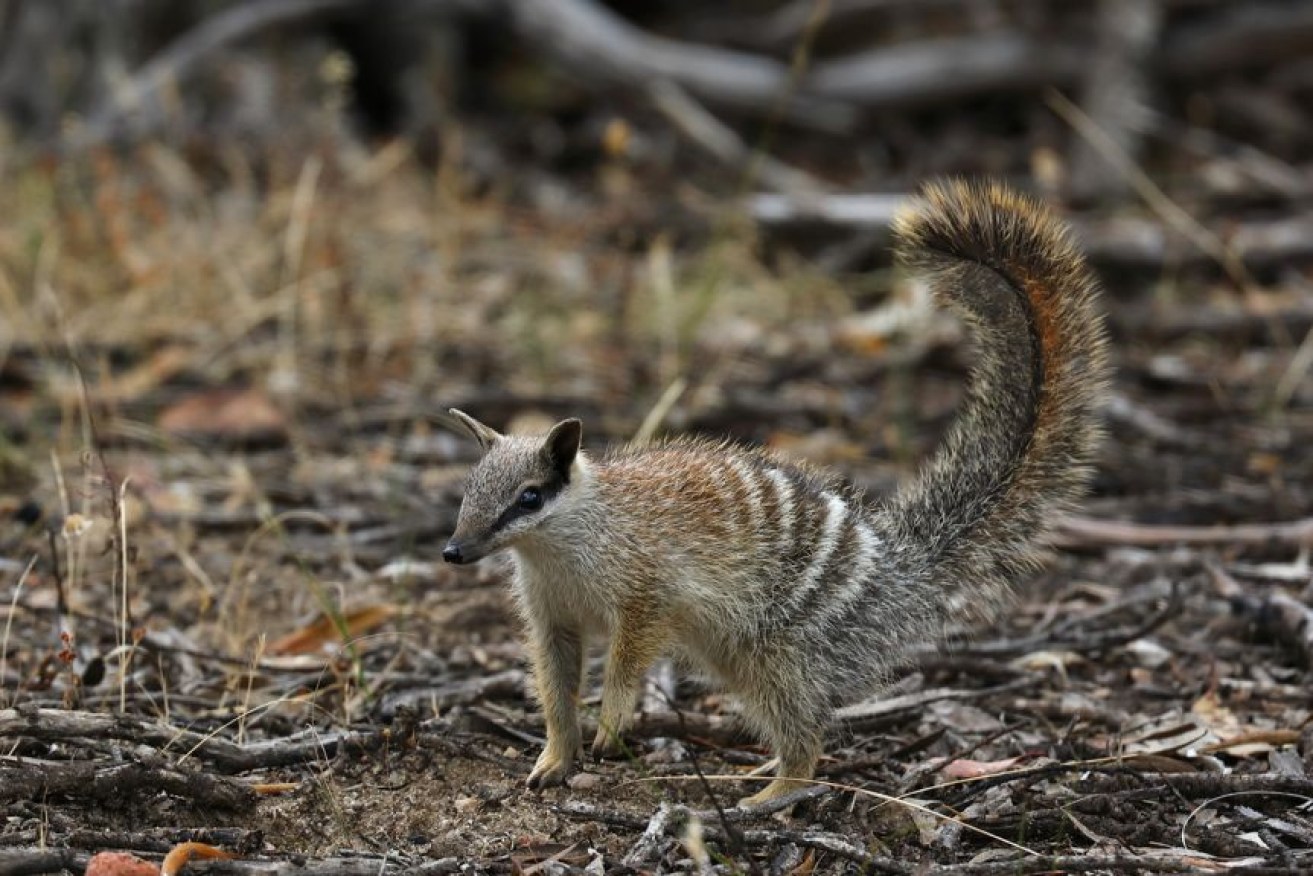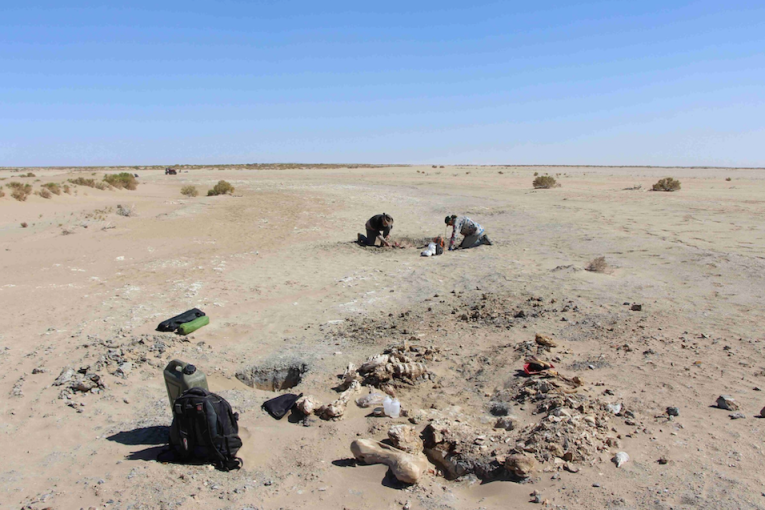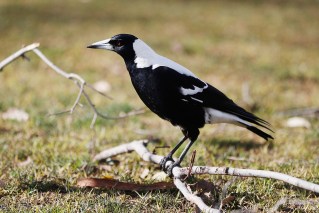Numbat numbers at WA’s Dryandra Woodland grow as feral cat culling program kicks in

A numbat spotted in Dryandra Woodland, near Narrogin. Photo: Dr Tony Friend
Numbat numbers at a conservation site in Western Australia’s Wheatbelt are the highest recorded in decades, as feral cat eradication continues.
Scientists completing an annual numbat count at Dryandra Woodland were thrilled to record 35 numbats – the most since a survey in the 1990s recorded 36.
The figure was up from 10 last year and just five in 2018.
The woodland, about 160 kilometres south-east of Perth, near Narrogin, is home to the largest remnant of original vegetation in the Wheatbelt.
The rise in the population of numbats found at Dryandra is significant, as it is believed there are fewer than 1000 numbats left in the wild – that’s less than the number of orangutans in Sumatra and giant pandas in Asia.
Population has ‘exploded’
Department of Biodiversity, Conservation and Attractions research associate Tony Friend said it was an exciting result for the endangered marsupial.
“The population has exploded in the last year,” Dr Friend said.
“It’s fantastic. We’ve had a long set of years where numbat numbers have been very low at Dryandra.”
Dr Friend said years of work had gone into feral animal control, with a recent focus on eradicating feral cats which prey on the numbat and other native species, such as woylies.
“‘I’m pretty confident we can put this down to our feral cat control we’ve been doing for the last few years,” he said.
“Predation by cats was a big impact on populations of native species at Dryandra.”

Dr Tony Friend examines a numbat at Dryandra Woodland. Photo: Department Of Biodiversity, Conservation And Attractions
The survey involved three researchers driving the same route six times in one week.
The job was made easier as numbats are one of only a handful of diurnal marsupials, which are marsupials that feed during the day.
Cat control brings back natives
Dr Friend said spotting numbats was quite a skill as they are fairly small.
“Everyone, when they see their first numbat, always says, ‘I didn’t realise they were so small’,” he said.
The feral animal control has helped other species thrive in Dryandra too, including the chudtich and woylie.
“We’re getting a lot of visitors too. They’ve heard about the numbats and go to get a picture themselves,” he said.
–ABC








